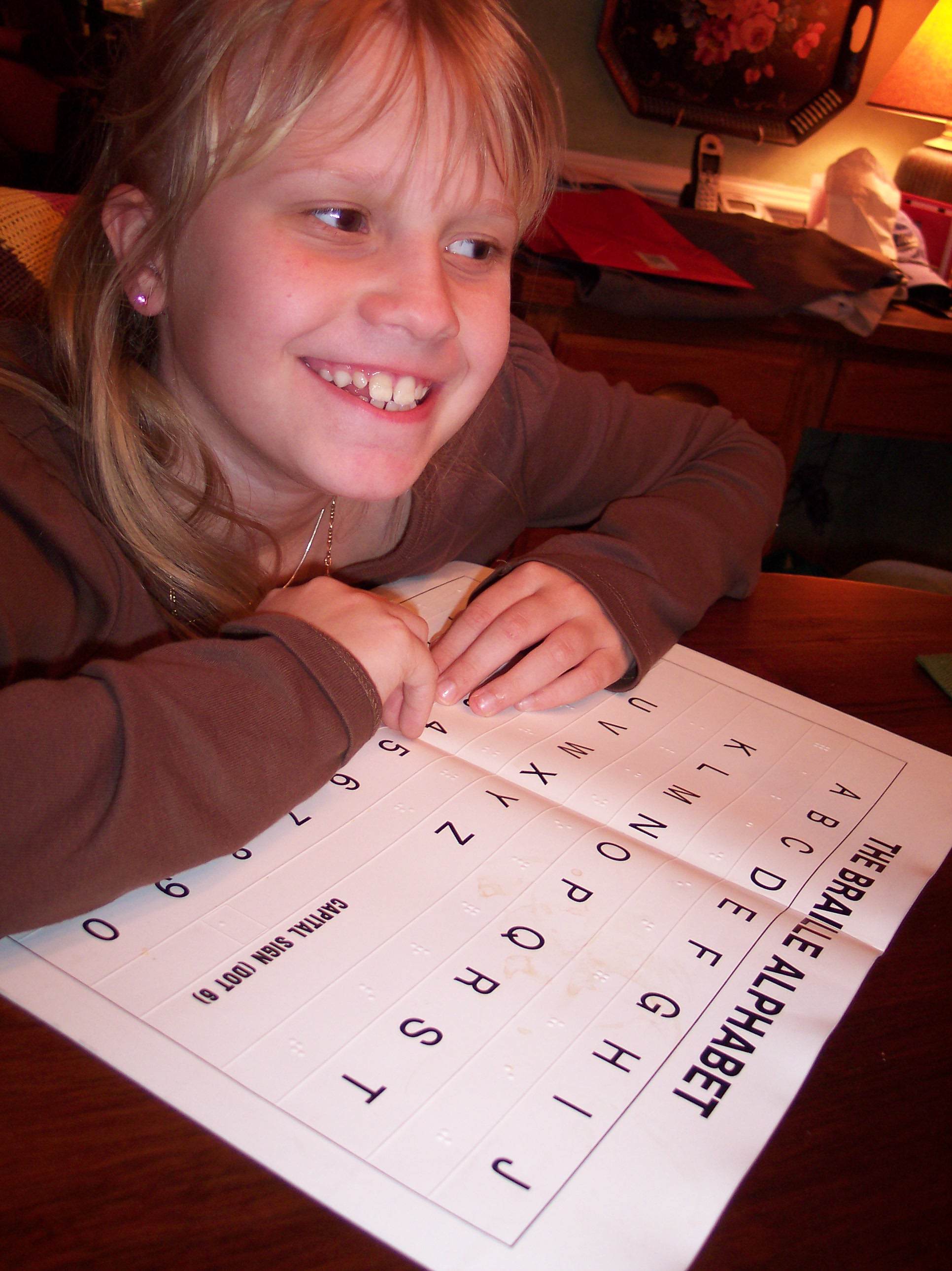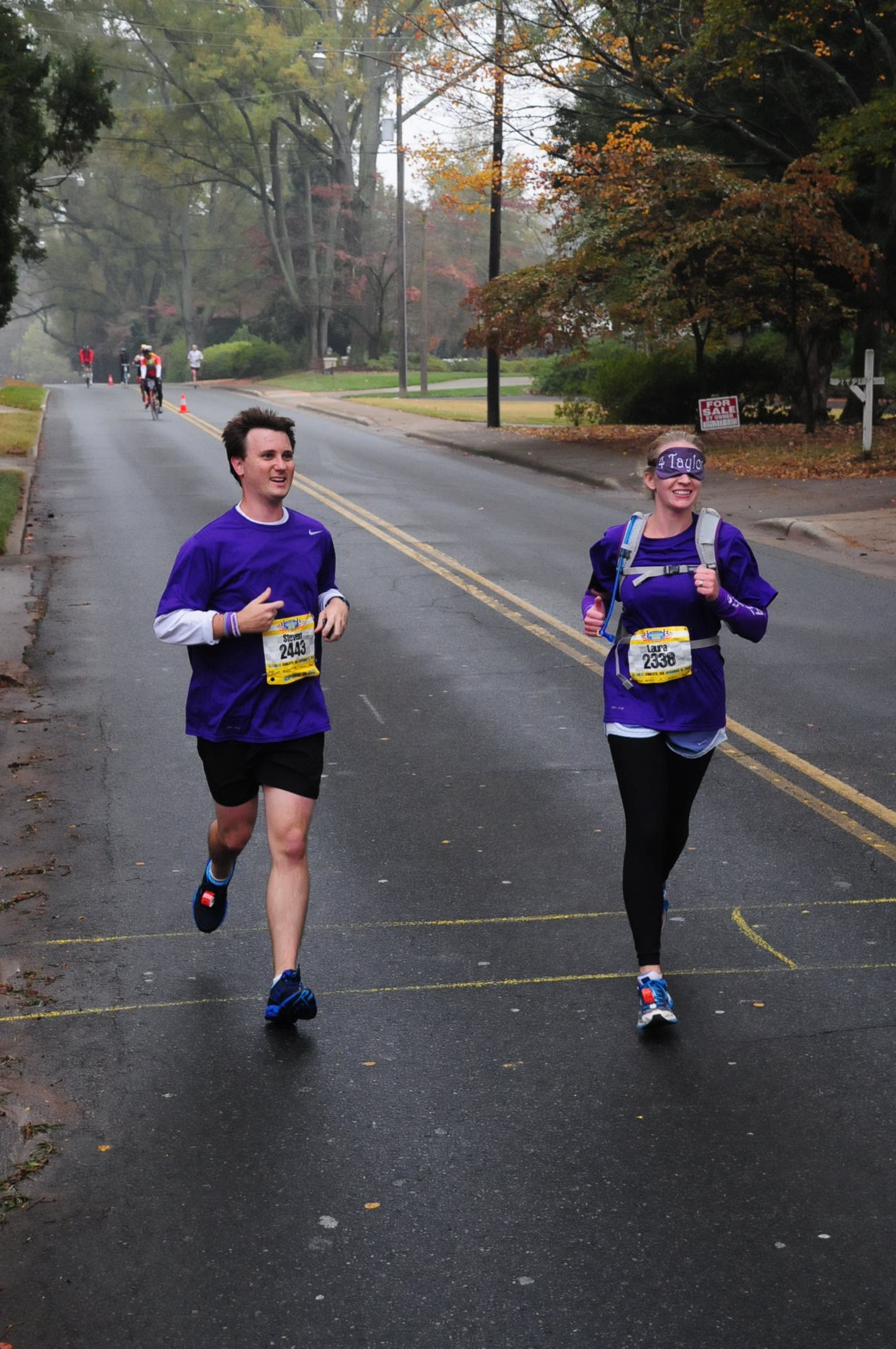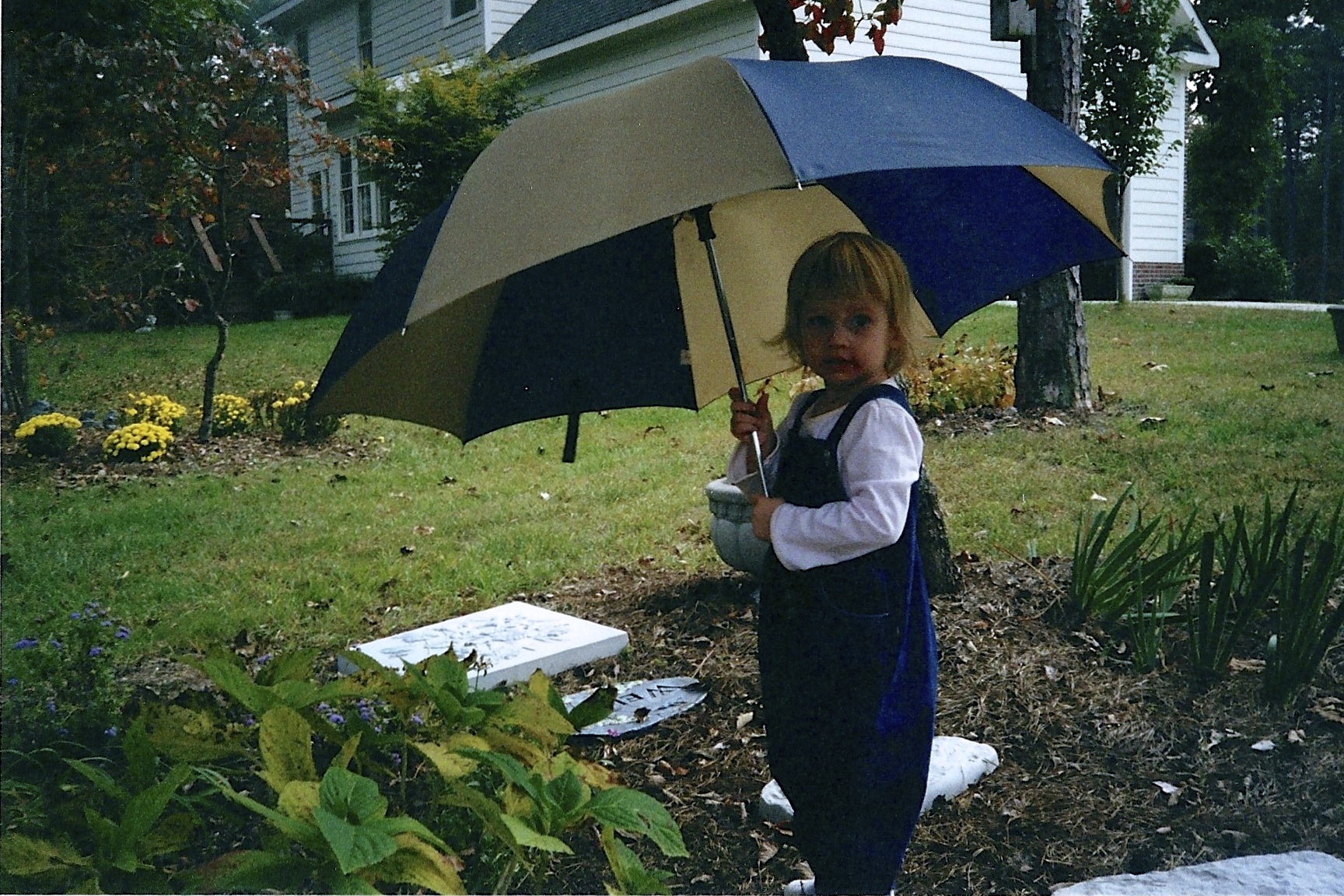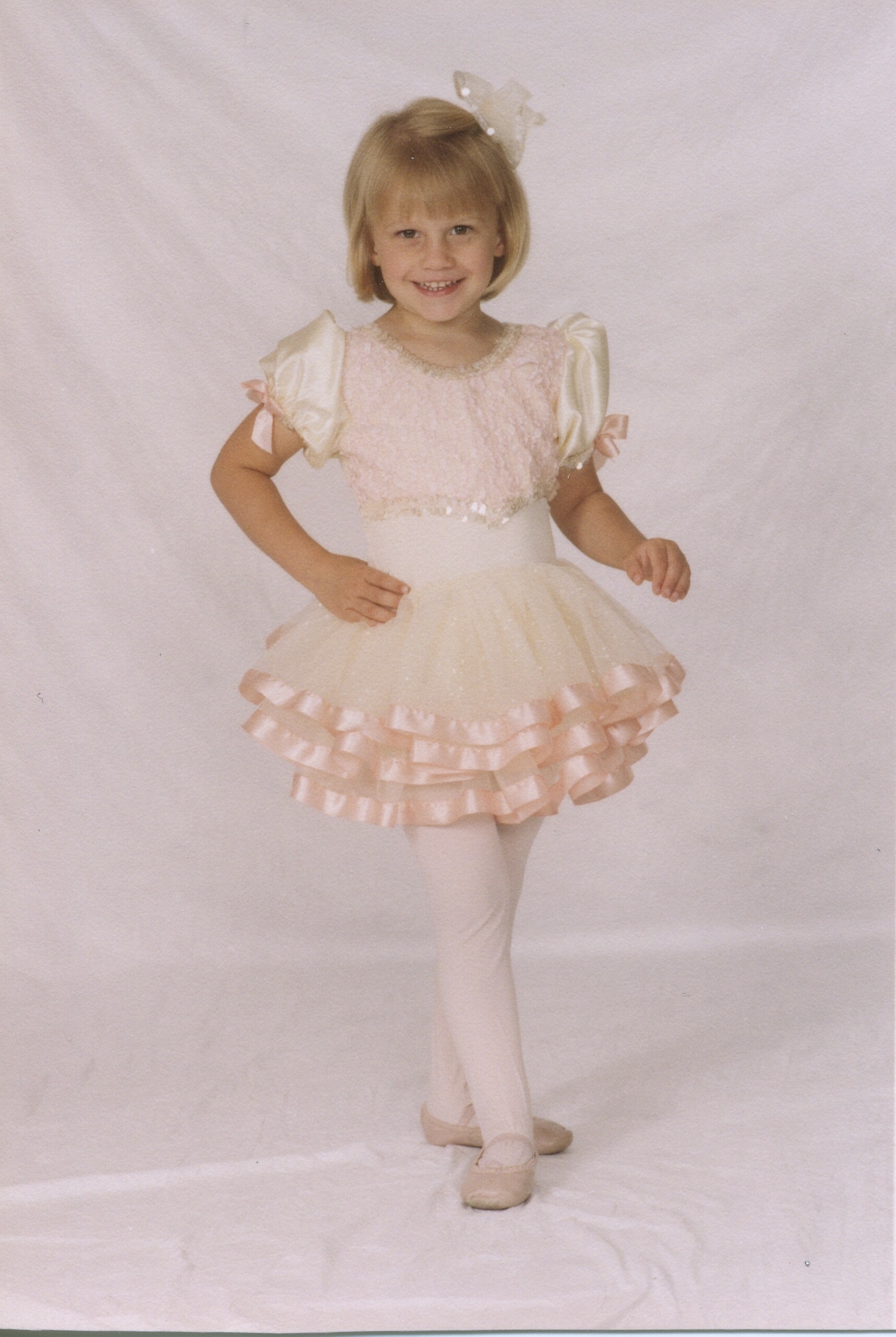I published my first blog post in January 2007, six months after my sister’s infantile Batten disease diagnosis. Since then, I’ve written 171,147 words (good for about 330 single-spaced pages in Microsoft Word, in case you wanted to know).
The following post appeared on my old blog, Transmissions, on October 4, 2007. I was 25 and still pretty new at being a wife, health care communications pro and rare disease advocate. Taylor’s Tale had one fundraiser under its belt. My sister, Taylor, was 9. She ran, skipped, jumped, sang, laughed, played and went to school five days a week. She couldn’t see too well, but she wasn’t blind. She didn’t have seizures.
In 2007, I knew more about Batten disease than most doctors. Looking back now, I realize I still didn’t know that much about Batten disease compared to what I know today. But I think I got what’s important. And I’m pretty sure that’s the reason I’m still standing.
Almost
October 4, 2007
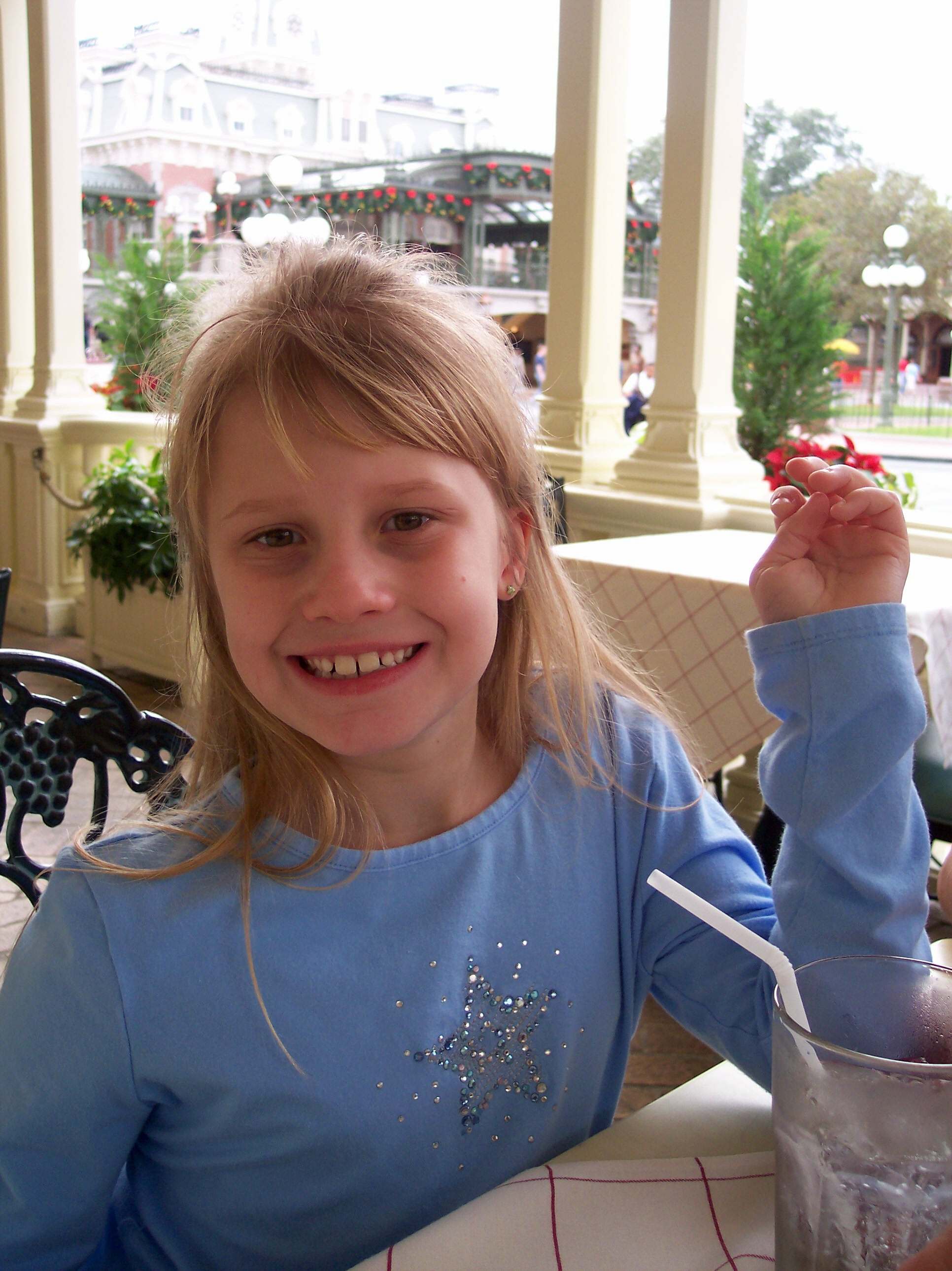 Have you ever gotten so close to something you could almost taste it, only to then lose it? Something really important–something at which you may never have another chance?
Have you ever gotten so close to something you could almost taste it, only to then lose it? Something really important–something at which you may never have another chance?
How do you get over that kind of disappointment? I think I’m finally learning that we just have to put our heads down, clench our jaws and continue on our search for answers more fervently than before. Each lost opportunity or dose of bad news wears on us, but it also steels us for what’s still to come. What kind of world is it where you get through the days mostly because you know they’re better than what you’ll have in the future? How utterly horrific does a disease have to be to have that kind of an effect on an otherwise beautiful life, a life full of so much potential?
My expectations aren’t a signal of lost hope or lowered spirits. They are, if you will, my acceptance of reality. I know that it takes time to do the kind of research it will take to save Taylor and, ultimately, other children with Batten disease. “Time” may be one year or five years, but I don’t know how many years T has. I know that it takes money. “Money” may be $250,000, or it may be millions. We have no way of knowing exactly how much it will take. Batten disease is rare–I haven’t lost sight of that fact–but I also haven’t lost my belief in the priceless nature of the life of even a single child.
I have hope, because I know how close we could be. Nothing–not this website, not an event, not even the funds contributed by our compassionate donors–can guarantee that we’ll beat this, but in the absence of those things, children will only continue to die. Our donors have made an incredible difference in the eight short months since Chapter One, but we have to keep it going–and that’s on us as much or more than anyone else. That’s on me to continue to pour my heart out here for the entire world to see and on our committee to sustain the energy we’ve shown this year. It’s on our family to be there for T.
The cure won’t be found tomorrow, but it’s out there. And every day we don’t further the research is another day for this disease to eat up the bodies and minds of these kids. It’s like a parasite, and it works at different speeds depending on the child. Some children lose this battle very quickly. I want us to have the best chance to save all of them.
I know how bad this disease can get, and will get if we don’t stop it, because I saw it in Rochester in July. I saw it in those children, and I saw it in the hearts and faces of their parents. My heart breaks for them. My heart breaks for T. We are far too late to save many of those children. I have met children who likely will not be with their parents next year. Who will never get their first locker at school. Who will never get their drivers’ licenses and will never experience their first kiss. Life is about milestones and all of the things that happen in between. Many of these children reach important milestones, like taking their first step or learning how to read, only to have them taken away from them. Before Batten disease is done with them, they won’t even have the memories of what they could once do, or who they could have become. I hate this disease and everything about it. People age–that’s how life works–and as they age, they find that they can’t do things they were once capable of doing. I’m only 25, and I can’t play a soccer game anymore without waking up in pain the next morning. I used to play four, even five games in a weekend without missing a step. But I still have the memories. And as my life changes and things fall away, they are replaced by new things that are just as, or more, rewarding. I miss being in college, but I love being married. T can’t ride her bike anymore, but what’s there to fall in its place? She can’t play on a soccer team like her sister, and she had to give up dancing when her vision kept getting worse and worse, and what does she get in return? I guess what’s important is for us to realize the unique beauty of the things T is able to experience these days, like horseback riding and listening to her favorite music.
My love for her is so strong, and I hope she knows that. I wonder if she knows how I cry inside for her on all of my days, even when I’m happy and perhaps even more so then, because in those moments, I want to hold on tight and never let go. I hope she knows how much of a miracle her presence is and always was, and how much of an impact her strength has had and will continue to have on so many people. I hope she knows that because of her, with or without Batten disease, I am a better person.

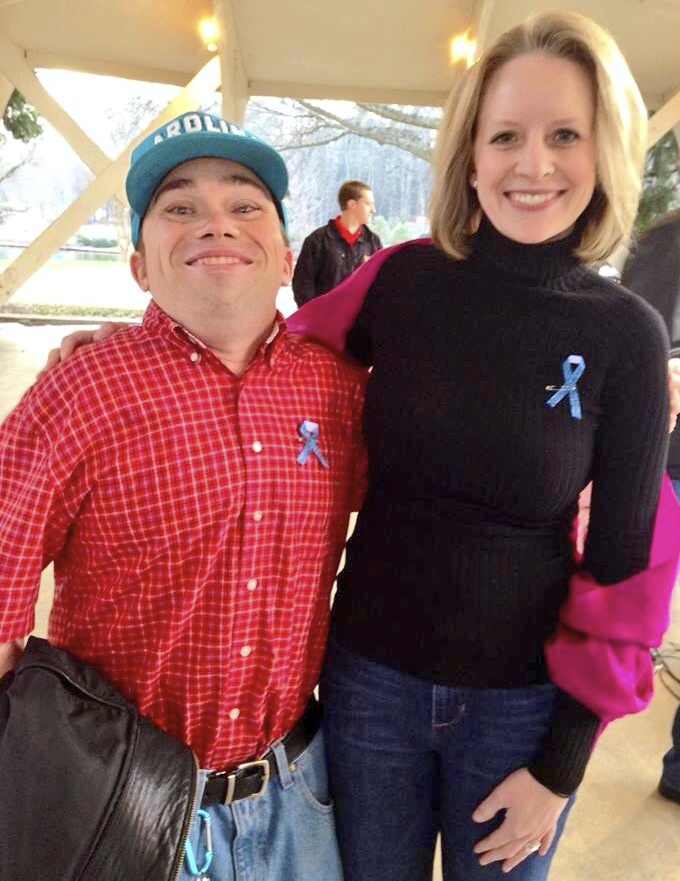
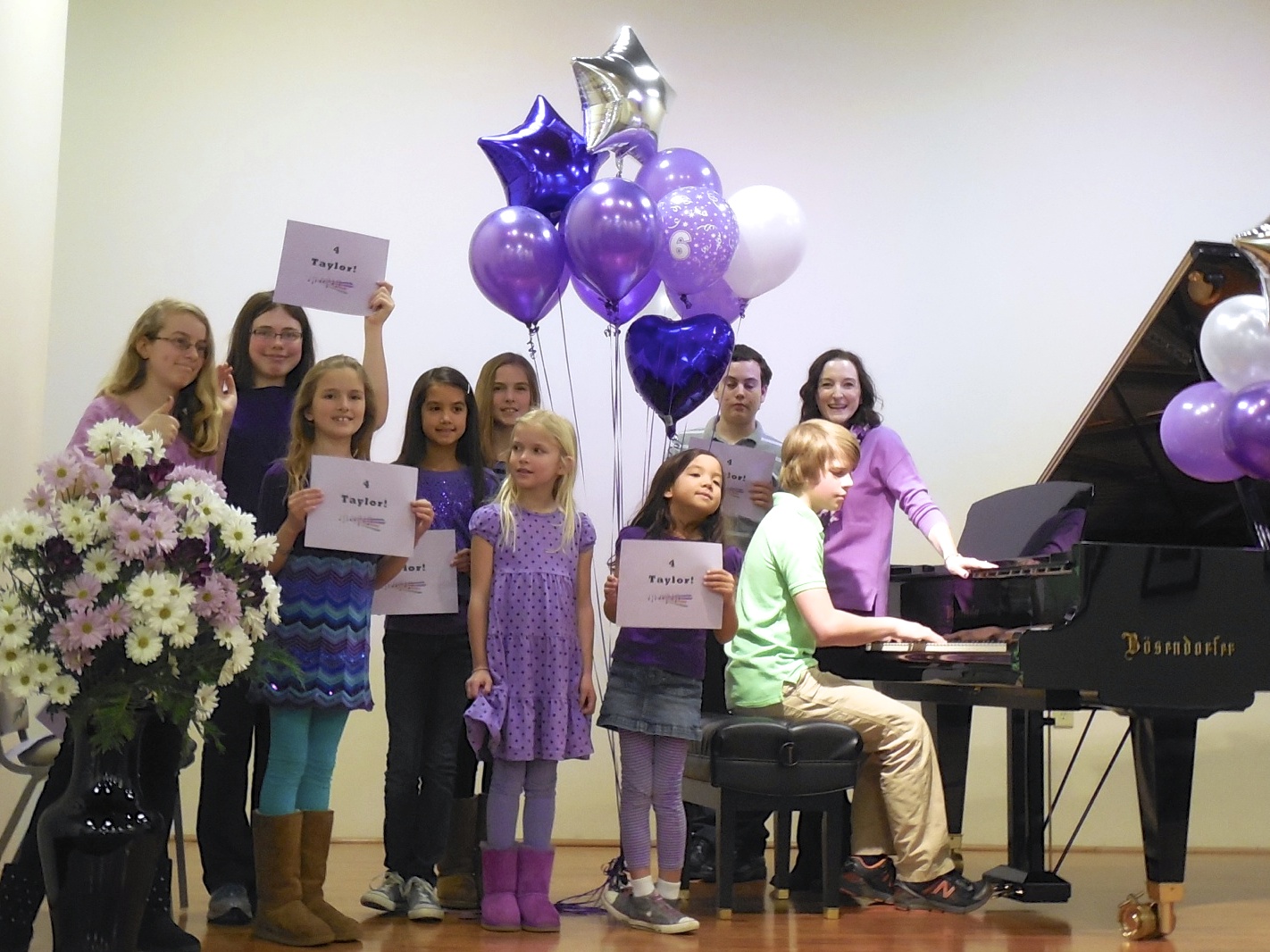 The (kids) who met (Taylor) in the past always want to know how she is doing and if they will see her this year. They understand when I say she can’t travel very well anymore, but they wish that she could. The ones who haven’t met her want to know all about her…how old she is, what she can do, would she hear them if they played? They really do seem to know who they are playing for and why. Sometimes, students will tell me that they saw someone else at their school in one of the (Taylor’s Tale) t-shirts and went and talked to them. It seems clear the playathon is more than just another activity to them.
The (kids) who met (Taylor) in the past always want to know how she is doing and if they will see her this year. They understand when I say she can’t travel very well anymore, but they wish that she could. The ones who haven’t met her want to know all about her…how old she is, what she can do, would she hear them if they played? They really do seem to know who they are playing for and why. Sometimes, students will tell me that they saw someone else at their school in one of the (Taylor’s Tale) t-shirts and went and talked to them. It seems clear the playathon is more than just another activity to them.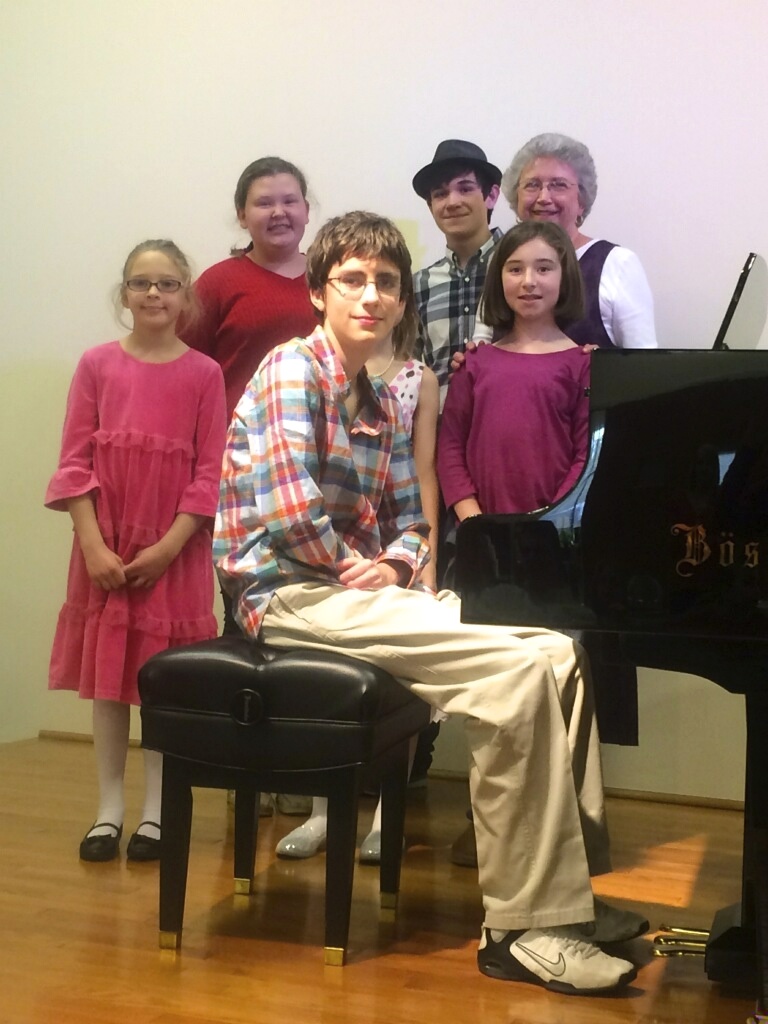 The playathon offers an opportunity for young people to use their music to give back – to reach out – to help someone else. I watched the students come into the different venues – music in hand, parents and friends by their sides, smiles on their faces – all because they are playing music and not thinking about themselves. Some are dressed to the nines and some in casual clothes, but they come, and they come willingly. They come to play for Taylor.
The playathon offers an opportunity for young people to use their music to give back – to reach out – to help someone else. I watched the students come into the different venues – music in hand, parents and friends by their sides, smiles on their faces – all because they are playing music and not thinking about themselves. Some are dressed to the nines and some in casual clothes, but they come, and they come willingly. They come to play for Taylor.